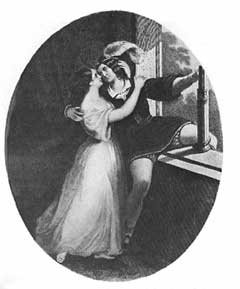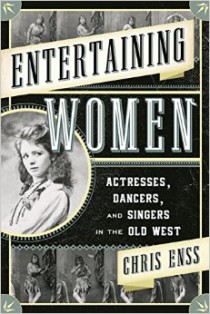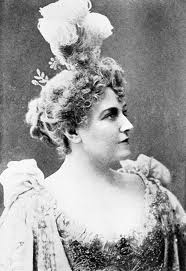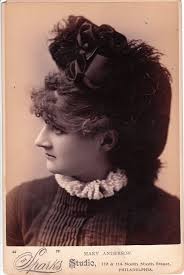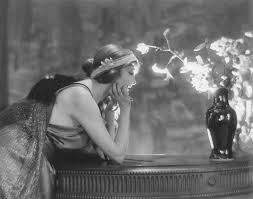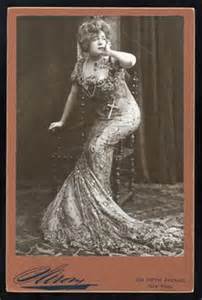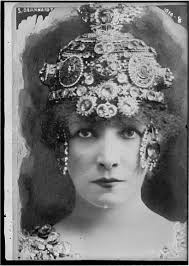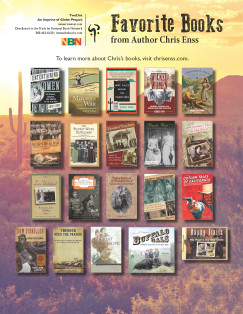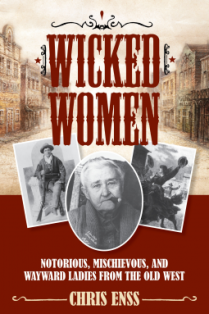Enter to win a copy of the book
Entertaining Women:
Actresses, Dancers, and Singers in the Old West
Long before actors were vying for an Oscar nomination and world wide fame thespians were trying to carve out a modest living entertaining prospectors and settlers of the Old West. Today the curtain goes up on a woman entertainer who captured the hearts of the western pioneers.
Ladies and gentlemen, the incomparable Charlotte Cushman.
It was a cold evening in the early spring of 1859 when the well-known actress Charlotte Cushman debuted in Shakespeare’s Hamlet at the Metropolitan Theatre in San Francisco. The city’s most wealthy and influential people arrived by carriage. Throngs of curious bystanders eager to see the aristocrat hovered around the walkway leading into the building. The fine, brick edifice rivaled the most notable on the East Coast.
Inside, the grand hall was fitted with the most ornate fixtures and could seat comfortably upwards to a thousand people. From the private boxes to the gallery, every part of the immense building was crowded to excess. Charlotte Cushman was recognized by theatre goers as the “greatest living tragic actress,” and everyone who was anyone wanted to see her perform. Several women had won fame with their impersonations of male characters in various dramas, but critics and fans alike regarded Charlotte as the best of them all.
In 1845, a theatrical reviewer in London had written about one of Charlotte’s performances in glowing terms. “Miss Cushman’s Hamlet must henceforth be ranked among her best performances. Every scene was warm and animated, and at once conveyed the impression of the character. There was no forced or elaborate attempt at feeling or expression. You were addressed by the whole mind; passion spoke in every feature, and the illusion was forcible and perfect.”
The audience that flocked to see the exceptionally talented Charlotte in California was not only treated to a “forcible and perfect” interpretation of Hamlet, but that evening they were also treated to a display of the actress’ temper.
To learn just what caused Charlotte’s temper to explode, how her acting career began, and about the other talented performers of the Old West read
Entertaining Women: Actresses, Dancers, and Singers in the Old West.

